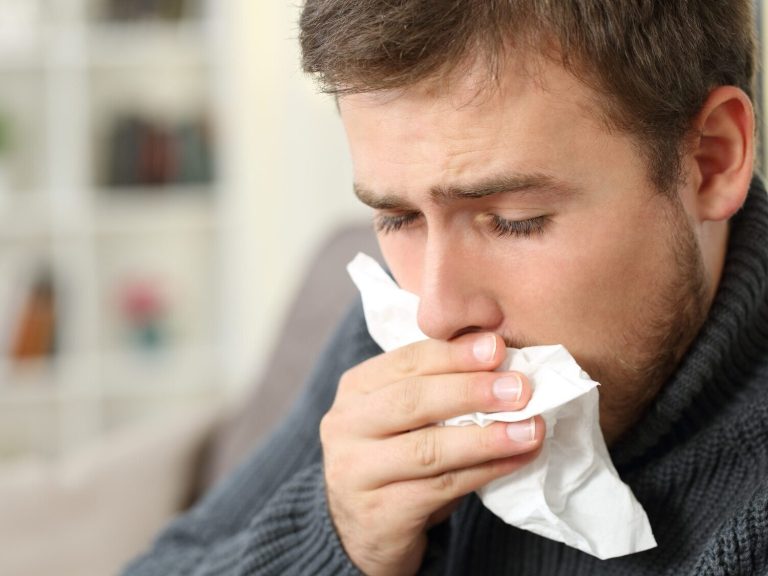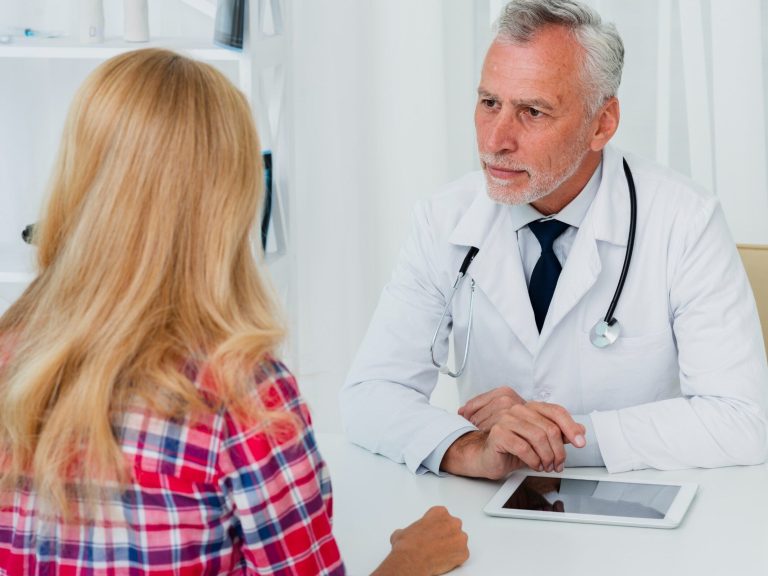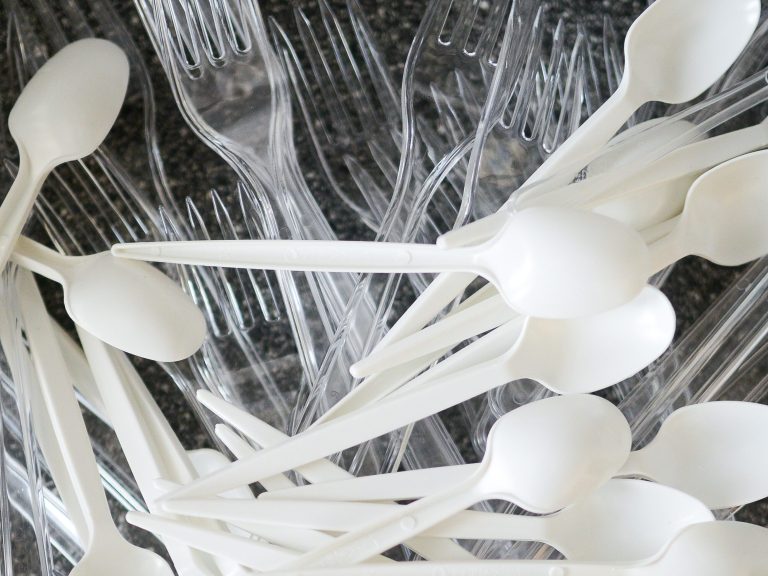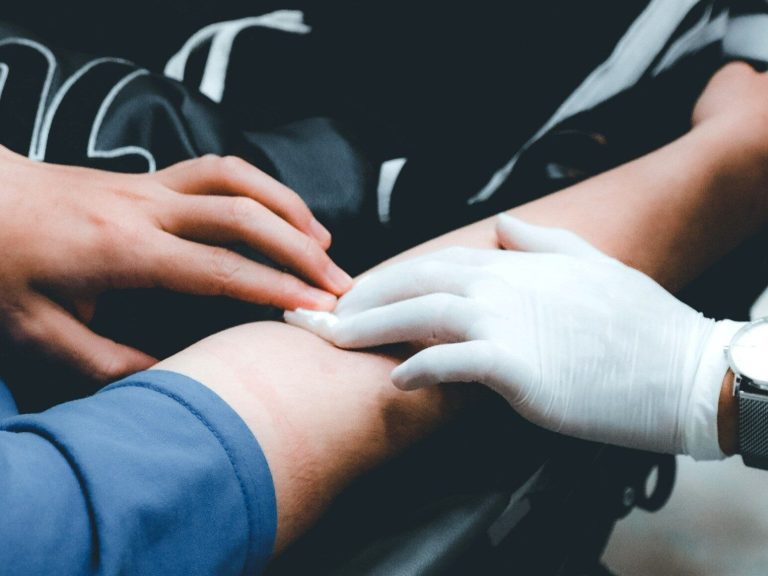A phlebologist is a vein doctor. What diseases does it treat and what symptoms should prompt a visit to this specialist?
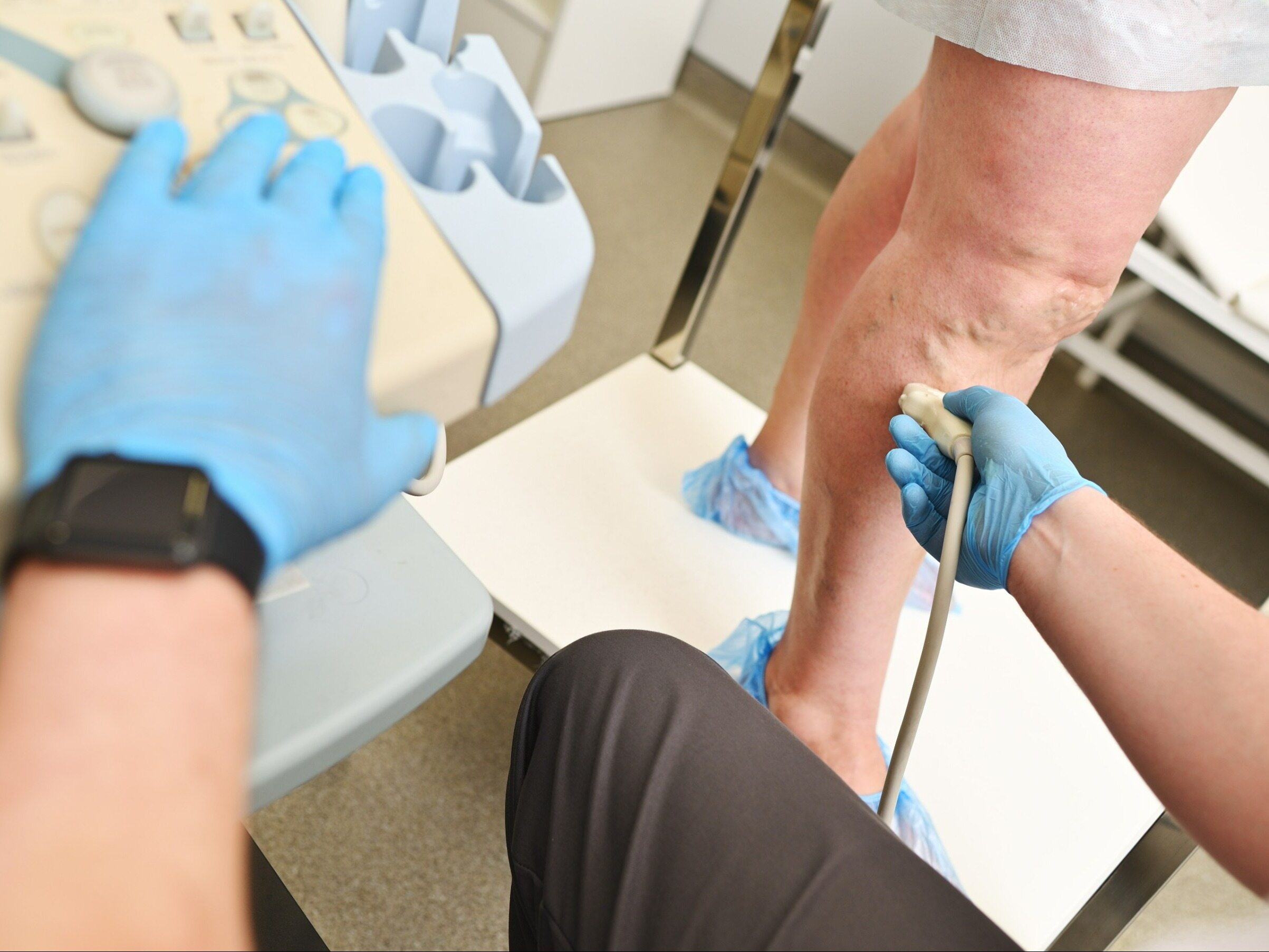
A phlebologist is a doctor who deals with the diagnosis, treatment and prevention of venous diseases, including: inflammation of the veins and varicose veins of the lower limbs. In Poland, phlebology is not a separate medical specialization – phlebologists are also specialists in other fields, including: vascular surgery, general surgery and angiology. See when a phlebologist will help, whether he only treats varicose veins and what symptoms should prompt a visit.
- Venous diseases – basic information
- What diseases does a phlebologist treat?
- When will a phlebologist help? What symptoms should prompt a visit to this specialist?
- Risk factors for the development of venous diseases
- Prevention of venous diseases
- Venous diseases – treatment that can be used by a phlebologist
Vein diseases are a very common health problem that affects both men and women. The most common venous diseases are varicose veins of the lower limbs, which increase the risk of phlebitis, as well as venous thrombosis and chronic venous insufficiency of the lower limbs. The development of venous diseases is influenced by various factors, including, for example, genetic conditions and lifestyle.
Venous diseases – basic information
Venous diseases affect a growing percentage of the human population, which is related to, among others, with a sedentary lifestyle. Initially, they cause symptoms that are often underestimated – e.g. a feeling of heaviness in the legs that appears after a long time of sitting or standing. Over time, abnormalities in the functioning of blood vessels cause spider veins and varicose veins to appear in the lower limbs.
The appearance of spider veins should prompt diagnostics for disorders in the functioning of the venous system and the implementation of actions aimed at reducing the risk of developing varicose veins of the lower limbs and the occurrence of chronic venous insufficiency. The effects of untreated venous diseases include, among others: deep vein thrombosis. This disease causes the formation of embolisms that pose a threat to health and life, which may lead to, for example, blocking the lumen of the pulmonary artery (pulmonary embolism, which may be fatal).
Venous diseases are diagnosed more often in women, which is related to, among others, with the impact of hormones on the circulatory system. It is estimated that approximately 40% of women of all ages suffer from chronic venous insufficiency; the percentage of men suffering from the disease is approximately 30%.
What diseases does a phlebologist treat?
Venous diseases have a negative impact on the quality of life of patients. If left untreated, they contribute to the occurrence of serious complications. The first symptoms of venous diseases should not be ignored. The appearance of symptoms typical of circulatory disorders is a sign to go to a phlebologist for diagnosis and treatment. The phlebology clinic performs diagnostic tests, e.g. Doppler ultrasound tests and computed tomography tests, thanks to which it is possible to assess whether there are any blood flow disorders in the arteries and veins. Based on the results of the tests, the phlebologist selects an appropriate treatment method and recommends preventive measures to prevent the disease from worsening and causing serious complications. In most cases, detected venous diseases are treated using non-invasive methods.
A phlebologist diagnoses and helps in the treatment of vein diseases, which include:
-
varicose veins of the lower limbs,
-
varicose veins of the anus (hemorrhoids, hemorrhoids),
-
varicose veins,
-
varicose veins of the parametrium,
-
varicose veins of the vulva,
-
telangiectasia (spider veins),
-
phlebitis,
-
deep vein thrombosis,
-
chronic venous insufficiency,
-
post-thrombotic syndrome.
When will a phlebologist help? What symptoms should prompt a visit to this specialist?
Indications for visiting a phlebologist include:
-
edema of the lower limbs (swelling of the calves, ankles and feet) that appears after long periods of sitting or standing,
-
pain in the lower limbs,
-
feeling of heaviness in the legs,
-
visible spider veins and varicose veins,
-
itching of the skin in the lower limbs,
-
brown skin discoloration,
-
spontaneous bruises and subcutaneous hemorrhages on the legs,
-
difficult-to-heal skin lesions and venous ulcers (e.g. leg ulcers and ankle ulcers);
-
painful cramps in the lower limbs.
Risk factors for the development of venous diseases
The risk factors for the development of venous diseases include: a sedentary lifestyle, overweight and obesity, tall height, work performed in a sitting or standing position, smoking, lifting weights and genetic factors. For women, the risk of developing venous diseases treated by a phlebologist is increased by previous pregnancies, hormonal contraception and hormonal changes related to the menstrual cycle.
Prevention of venous diseases
The development of venous diseases can be prevented. In order to reduce the risk of developing venous diseases, doctors recommend regular physical activity, following a healthy diet and giving up stimulants. You should also remember to adopt an appropriate sitting position (avoid crossing your legs) and take breaks from work and perform exercises that stimulate circulation. People at risk of circulatory disorders and people suffering from chronic venous insufficiency should use special anti-pressure tights, socks and knee socks.
Venous diseases – treatment that can be used by a phlebologist
The phlebologist recommends appropriate therapy that is tailored to the individual needs of a given patient. Non-invasive methods of treating the venous system include, for example, endovascular laser ablation and radiofrequency treatment. Treatment with invasive surgical methods is used, among others: in patients with advanced venous disease and in patients for whom other treatment methods have not brought the expected results.
Sources:
-
Tomasz Zubilewicz, Karol Terlecki,Piotr Terlecki, Minimally invasive methods of treating varicose veins of the lower limbs, Cardiology after Diploma 2014; 13(9): 47-51
-
Wojciech Noszczyk, Varicose veins and other vein diseases, PZWL Medical Publishing House, Warsaw, 2005
-
Szczeklik A., Internal diseases, Volume I, Medycyna Practical Publishing House, Kraków, 2005
-
Peter Gloviczki, Diseases of veins and lymphatic vessels American Venous Forum Guidelines, Medipage Publishing House, Warsaw, 2020
-
AA Ramelet, M. Monti, Phlebology guide, Via Medica Publishing House, Gdańsk, 2003

